Biochemical Research and Drug Development: 18822-59-8 L-Tyr(tBu)-OH plays a crucial role in biochemical research and drug development. It is commonly used as a biochemical reagent in various biochemical reactions and processes, enabling scientists to gain a deeper understanding of biological systems and their functionalities. Additionally, due to its specific chemical structure and properties, 18822-59-8 L-Tyr(tBu)-OH is utilized in the synthesis of compounds with specific biological activities, potentially leading to the discovery of novel therapeutic agents.
Organic Synthesis: As an important intermediate in organic synthesis, 18822-59-8 L-Tyr(tBu)-OH serves as a bridge in the construction of complex compounds. Through specific chemical reactions, it can be connected to other molecular fragments, resulting in the formation of compounds with desired structures and functionalities. These compounds have broad application prospects in fields such as pharmaceuticals, pesticides, and materials science.
Peptide Synthesis and Modification: In solid-phase peptide synthesis (SPPS), 18822-59-8 L-Tyr(tBu)-OH serves as a crucial amino acid building block. It can be linked with other amino acids in a specific sequence to synthesize peptides with desired functions. Furthermore, the introduction of 18822-59-8 L-Tyr(tBu)-OH allows for the modification of peptides, altering their biological activities or physical properties to meet specific application requirements. It is one of Tirzepatide Intermediates.
Materials Science: In the field of materials science, 18822-59-8 L-Tyr(tBu)-OH may serve as a building block or additive for novel materials. Its unique structure and properties can endow materials with special functionalities, such as biocompatibility, optical properties, or mechanical performance. Through careful design and synthesis, new materials with specific functions and applications can be developed.
 Building 12, No.309, South 2nd Road, Economic Development Zone, Longquanyi District, Chengdu, Sichuan, China.
Building 12, No.309, South 2nd Road, Economic Development Zone, Longquanyi District, Chengdu, Sichuan, China. amy@enlaibio.com / cynthia@enlaibio.com / edison@enlaibio.com / daisy@enlaibio.com
amy@enlaibio.com / cynthia@enlaibio.com / edison@enlaibio.com / daisy@enlaibio.com +86 (028) 84841969
+86 (028) 84841969 +86 135 5885 5404
+86 135 5885 5404

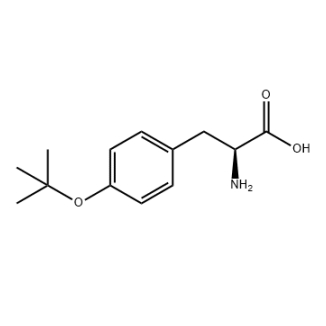



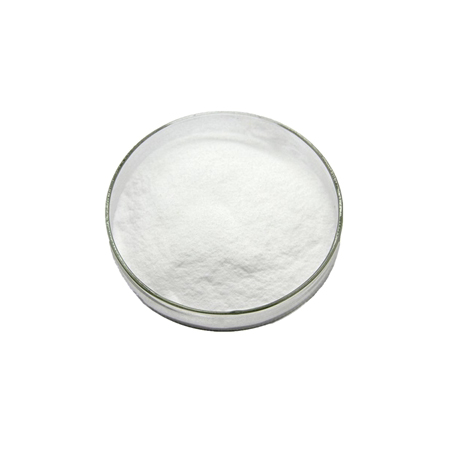






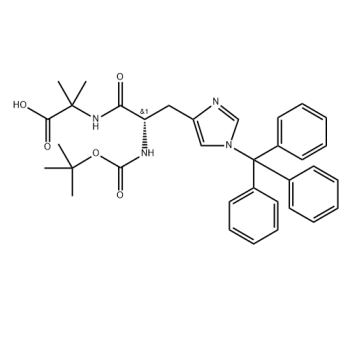

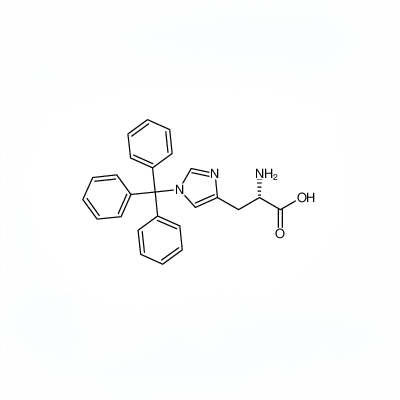
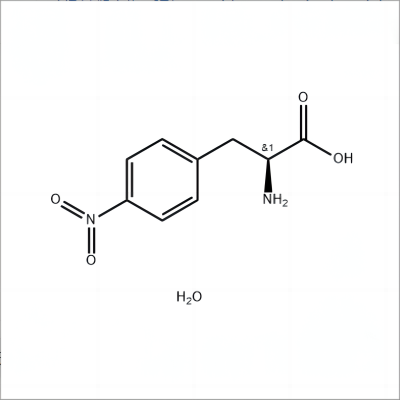
![2460751-66-8 Fmoc-L-Lys[C20-OtBu-Glu(OtBu)-AEEA-AEEA]-OH](https://cdn.globalso.com/jylpharm/2460751-66-8.png)
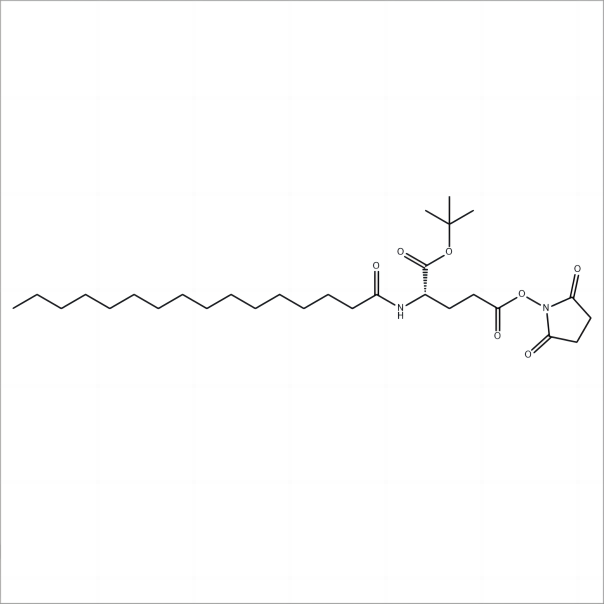




.png)


